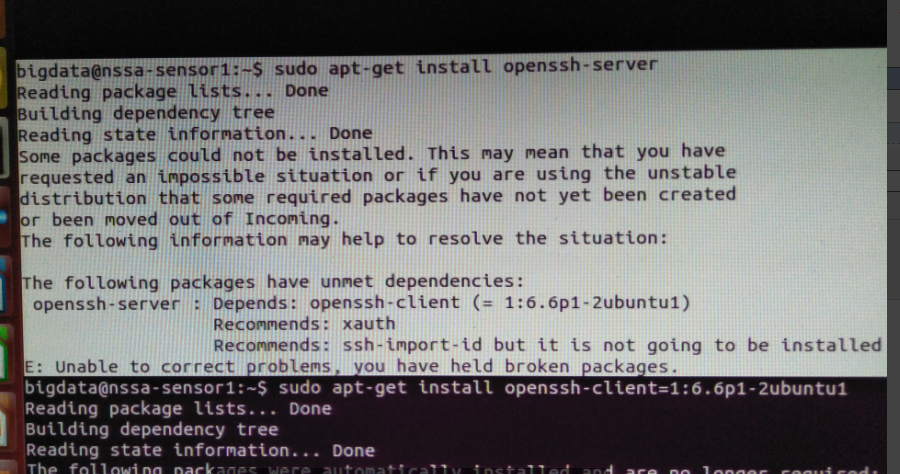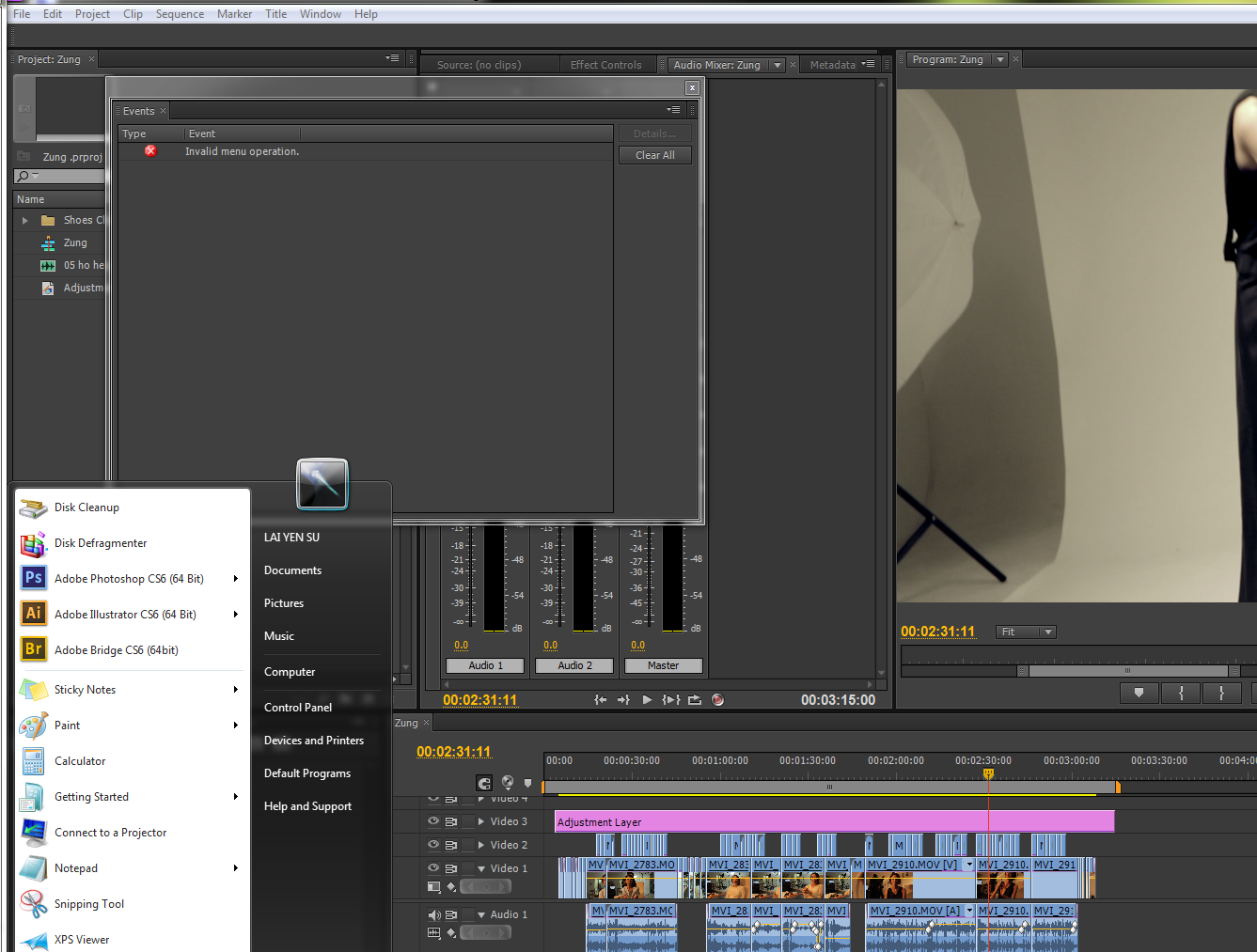

- SUDO APT AUTOREMOVE INVALID OPERATION INSTALL
- SUDO APT AUTOREMOVE INVALID OPERATION ZIP FILE
- SUDO APT AUTOREMOVE INVALID OPERATION DRIVERS
- SUDO APT AUTOREMOVE INVALID OPERATION UPDATE
- SUDO APT AUTOREMOVE INVALID OPERATION SOFTWARE

SUDO APT AUTOREMOVE INVALID OPERATION UPDATE
Here is one option to update nVidia graphic drivers, though be aware that this action can substantially harm your system (it may not reboot) if you are not running an Ubuntu Linux (derivative) with an appropriate nVidia graphics card.
SUDO APT AUTOREMOVE INVALID OPERATION DRIVERS
Latest releases of graphics drivers can be installed through proprietary drivers (e.g., nVidia’s proprietary drivers to replace nouveau drivers). The default graphics drivers may not be able to satisfy the needs for such appliances.
SUDO APT AUTOREMOVE INVALID OPERATION SOFTWARE
GPU intense software requiring strong graphics performance, such as the Unreal Engine, will require newest graphics cards and drivers. Read more about running LAStools on Ubuntu. To troubleshoot a LAStools installation in QGIS read this proposition on. If required: edit LidarToolsAlgorithmProvider.py (two files may exist): Alternatively, find where Wine lives with the whereis wine command Wine folder: enter the path to the Windows Apps on Linux binary (typically /usr/bin/). LasTools folder: enter here the path to the folder that where the extracted ZIP files live ( /dir/to/LAStools/) In QGIS, edit the processing options (Providers > Tools for LiDAR data):
SUDO APT AUTOREMOVE INVALID OPERATION ZIP FILE
To get LAStools working in QGIS on Ubuntu (make sure to have Windows Apps on Linux installed):ĭownload the LAStools (ZIP) from and extract the ZIP file
SUDO APT AUTOREMOVE INVALID OPERATION INSTALL
Python - m pip install pyOpenGL python - m pip install pyOpenGL_accelerate python - m pip install PyQt5 python - m pip install PyQt5 - sip python - m pip install PyQtWebEngineĪ system restart (or just reload the user environment with source ~/.bashsrc) may be necessary for QGIS to work now without the OpenGL error. If this is not the case (i.e., you cannot find Swapoff in the context menu and only Swapon is visible), click on Swapon. Most likely, a warning message informs about possible problems when restarting the system with the new partition configuration (click OK - increasing the root disk is not problematic if it is at the cost of any empty partition).Īfter repartitioning successful finished, right-click on the partition after the root partition ( /dev/sda3) and make sure that it is again in Swapoff mode. Make sure that there is no Free space following and that the field are coherent with the available space after the root partition.įind the green check mark in the top menu of Gparted and click on it. Increase the partition size by the amount of disk space free-ed up from the following partition (e.g. Right-click on the root partition ( /dev/sda2) and click on Resize/Move. Make sure that the New size and Free space following boxes are coherent with the available disk space, in particular if you just increased the size of the virtual disk.

In the Free space preceding (MiB): box, enter a reasonable size to free up disk space for the root partition (e.g., 2000). Right-click again on /dev/sda3 and click on Resize/Move. Right-click on /dev/sda3 (the partition behind the root partition) and click on Swapoff. In Gparted look for the ext4 partition (typically /dev/sda2) and highlight the partition directly behind that partition (typically /dev/sda3). If not yet installed, install and open Gparted. Find the Gparted software and click on it. *Once Debian Linux started, go to Activities and type gparted in the search box. Increasing the virtual disk space alone is not sufficient, because the free disk space needs to be allocated to the root partition. Click Apply and Close the Virtual Media Manager. Highlight the virtual disk where Debian Linux is installed and increase the Size. In VirtualBox locate the File drop-down menu (top-left), click on it and open the Virtual Media Manager. In the case that the disk space limitation problem occurs on a virtual disk created with VirtualBox, open VirtualBox, highlight the VM subjected to the problem (e.g. There are many ways described for freeing up space through the deletion of obsolete or unnecessary packages, but this problem may occur even though only absolutely necessary packages are installed on a too small virtual disk.

If the root partition of the virtual disk is running out of space, Debian prompts a warning message Root drive is running out of disk space. Svn cleanup ~/ telemac / v8p1 - non - interactive


 0 kommentar(er)
0 kommentar(er)
